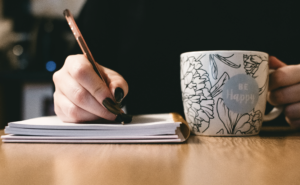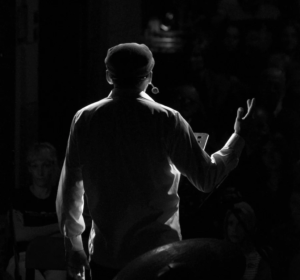by Richard Tardif
Your co-workers might think it strange but one way to safely fire the glutes and keep your back, legs and behind active is to get out from behind your desk, lie on the floor and do a series of hip raises. The synergistic working of the hamstrings, gluteal, extensors and lower back muscles will literally be more supportive, and begin the process of alleviating back pain.
It could also save your life.
“This overlooked exercise is amazing in terms of giving more for the glutes and lumbar region than a squat or lunge and at a much easier load on the body, knees and back,” says Zackary Finley, Master Instructor and owner of the Dorval based Mouvnation. “For new exercisers or deconditioned people this will be the safest entry point to working the legs, glutes and hips.”
Our behinds play a supportive role for our bodies at rest and in motion. With prolonged sitting at work and on the couch adversely affecting muscles, joints and spinal disc integrity, we are leading to a decline in physical functioning, or deconditioning.

Outside of regularly scheduled exercise sessions, active people sit just as much as their couch potato peers. In a 2012 study published in the International Journal of Behavioral Nutrition and Physical Activity, researchers reported people spent an average of 64 hours a week sitting, 28 hours standing, and 11 hours on non exercise walking, whether or not they exercised the recommended 150 minutes a week. That’s more than nine hours a day of sitting.
Sitting means your large postural support muscles, such as the quadriceps and glutes, are inactive. Muscles have an electrical activity, often referred to as a light switch that turns on muscles and keeps firing all the way through the chain of muscles from head to toe.
One might say, “Prolonged sitting will affect you from head to toe.”
So why start with hip raises?

“People assume squats will automatically address the hips and the glutes,” says Finley. “In the squat the glutes don’t always fire. The legs take over and the problem persists. Also, the bigger must be better mentality drives some people who are not ready to tackle barbell squats or deadlifts.”
So while you work, your behind isn’t.
“Sitting often shuts down the glutes, so people new to exercise would benefit from hip raises,” Finley says. “The safety factor and the ability to concentrate on and connect with the glutes is unmatched by other leg movements. Once the glutes are firing properly people can advance to other exercises such as the squat or the lunge.”

Bret Contreras, considered as an authority on glute training, considers the glutes as sleeping giants, dormant but waiting to be used when needed. He writes the glutes contract harder during body weight activation exercises than from one-rep max squats and deadlifts. Our glutes aren’t maximally involved in squatting, lunging, and deadlifting.
While we sit they do not fire. And we are sitting for longer periods than our parents, particularly in the 50 years plus.
The Annals of Internal Medicine in 2014 reported that more than half of those over 50 years spend half their day sitting: watching television, working at a computer, commuting, or doing other physically inactive pursuits. More evidence suggests, in fact, the more hours a day you sit, the greater your likelihood of dying an earlier death.
A series of longitudinal studies indicate prolonged sitters one average have a 112 percent increased risk of developing diabetes and a 147 percent increased risk of having a heart attack or stroke, coupled with a 90 percent chance of dying from such an event. In addition, longtime sitters, mostly those over 50, have a 49 percent increased risk of dying prematurely.
The findings, supported by a growing body of research, suggests, in fact, that the more hours a day you sit, the greater your likelihood of dying an earlier death regardless of how much you exercise or how lean you are.






